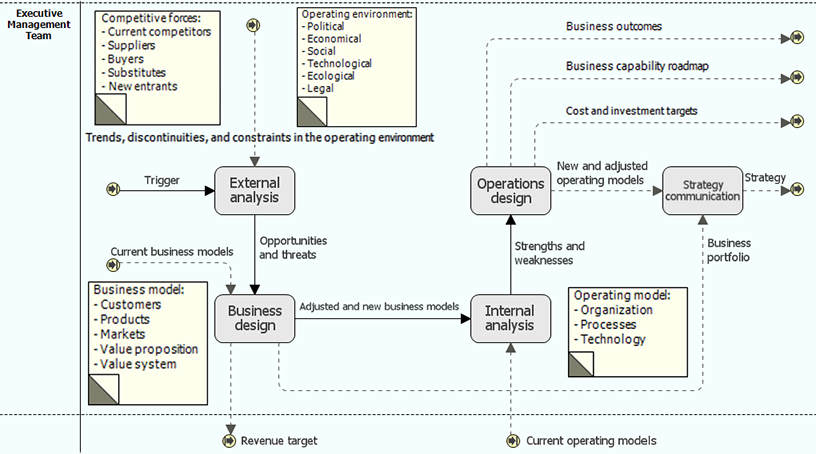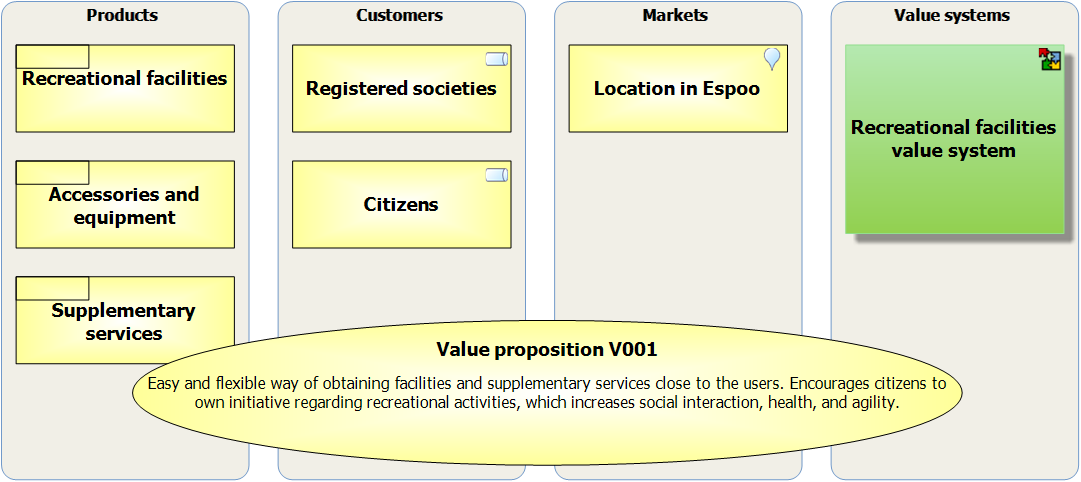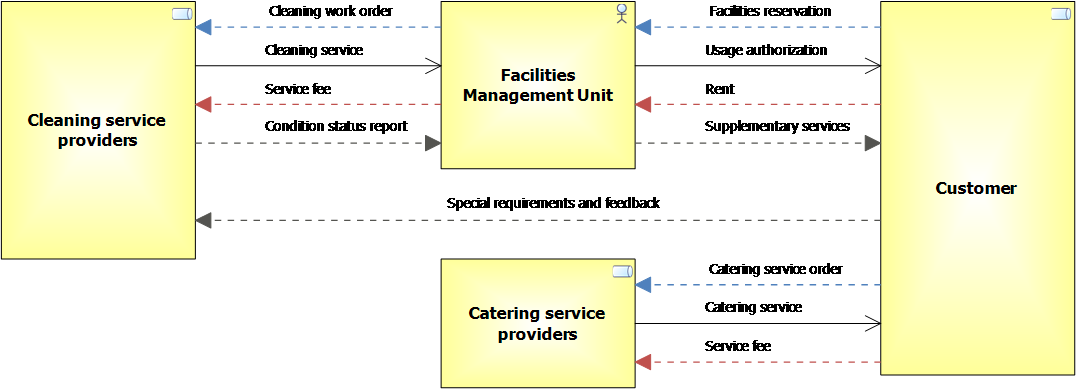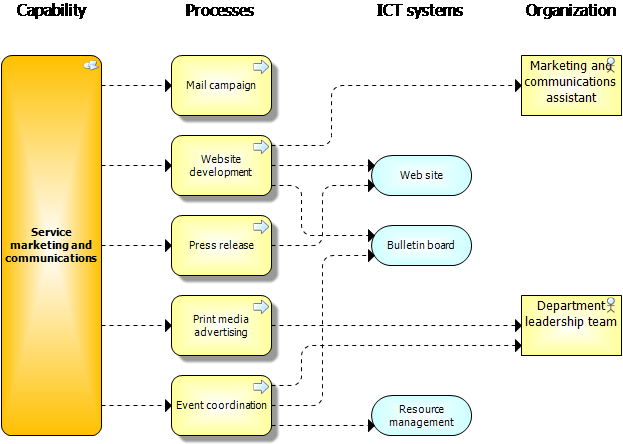Operations design translates your strategy into actions
What is Operations Design?
Operations design refers to the process of designing and organizing the systems, processes, and resources that a company uses to produce goods or services. It involves identifying the most efficient and effective ways to produce and deliver a product or service to meet customer demand.
The business models resulting from business design activities distill the essential properties of your business into a compact and easily communicable format, well suited for external analysis and adjustment, answering the questions “what” and “why” at a conceptual level.
As such, business models represent abstract ideas that can have many different implementations. Companies having the same business model can only compete with the design and quality of their operations. The internal analysis finds the strengths and weaknesses, or the performance and quality, of the operations with respect to the desired business models. As a result, there is a high-level understanding of the current capabilities of the company, its business operations, and how to execute on the business strategy.

Figure 1: Business design and operations design as part of the strategy process
The high-level understanding is not enough, though. To get down to earth, we need to identify the real-world entities that we can deploy and manage in our business operations:
- Organization: people, their competencies, and reporting relationships, as well as the business units and functions, and physical assets like offices, manufacturing plants, and warehouses.
- Processes: the way people work together and apply methods and tools, to achieve predefined business objectives.
- Technology: product technologies, production technologies, and information and communication technologies like computers, communication equipment, and software to support the organization and its processes.
All business models are implemented using operating models made of these ingredients, and also all incremental improvements of business operations are addressing some combination of these ingredients.

Figure 2: Example of a business model - Recreational facilities management business
Operations Design Phase I - Business Outcomes
The first phase of operations design identifies a focused set of business outcomes to be achieved, in response to the strengths and weaknesses of the current operating model found in the internal analysis. The outcomes are quantified by measurements and expressed as KPI target values bound to a future date. Example: Grow private sector contact base to 2500 by December 2018.
Operations Design Phase II - Business Capabilities
The second phase of operations design needs to identify the operating model features or business capabilities that need to be improved to achieve the desired business outcomes.
A business capability is a planning item that combines the required operating model ingredients for a focused improvement topic and can be used to set the scope for a development program or project. A good place to start the identification of capabilities is the external interfaces and transactions of the company with its operating environment or its value system.
Due to limited resources and attention, the management typically decides on a handful of business capabilities at a time and puts other operational development topics on the back burner.

Figure 3: Example of a value system - recreational facilities business
As-is vs. To-be Operating Models
Operating models and business capabilities can be divided into two sets with respect to their status and time span. The first one represents the current state or as-is business operations. This is the way the day-to-day operations should run. It is the job of the operative management to manage the business to achieve the business targets.
A well-communicated as-is operating model, operative KPIs, and process mining are excellent tools for this. From the financial planning viewpoint, the as-is operating model is also the foundation for planning the running cost, since it represents the real-world elements that have a cost: people, facilities, technology, etc.
The second set represents future or to-be operating models and is the foundation for planning investments in operational development. As an example, in the internal analysis, the management may have discovered that their company is extremely poor in online service marketing and communications, somewhat weak in customer relationship management and resource management, but handles other aspects of operations decently. The management would decide to identify these three topics as the business capabilities to focus on in operational development, until achieving agreed outcomes for each of these.
In Figure 4 below, service marketing and communications has been broken down to elements requiring a change or improvement of some sort. The scope of this capability is now described at a level that is suitable for a capability development program. The other two capabilities can be broken down in a similar way. Together, these three capabilities and their development programs constitute the operational development portfolio of the company. Operations design concentrates now on total optimization of each of these, as well as coordinating their mutual synergies and dependencies, using relevant enterprise architecture methods and tools.

Figure 4: Example of capability breakdown – Service marketing and communications
What remains to be done is to organize the capability development programs and execute them:
- Organizing, staffing, and allocating resources
- Objective setting for the people
- Monitoring the execution
- Taking corrective actions
These topics belong to the realm of program management and performance management.
To learn more about operations design, feel free to contact us!
You may also like
These related stories

10 benefits of using process mining for incident management

What is process mining?
.webp?width=3200&height=1800&name=Unlocking%20Organizational%20Excellencewith%20Digital%20Twin%20of%20An%20Organization%20(DTO).webp)
